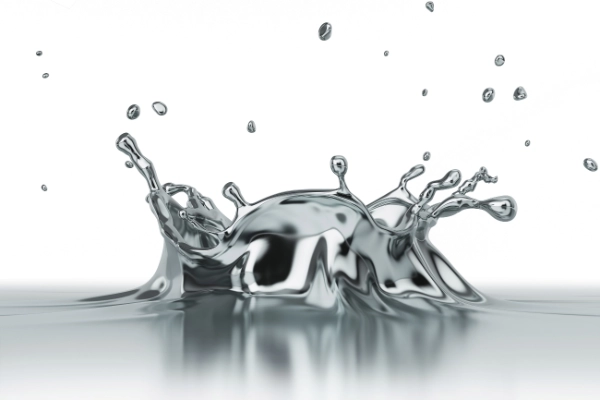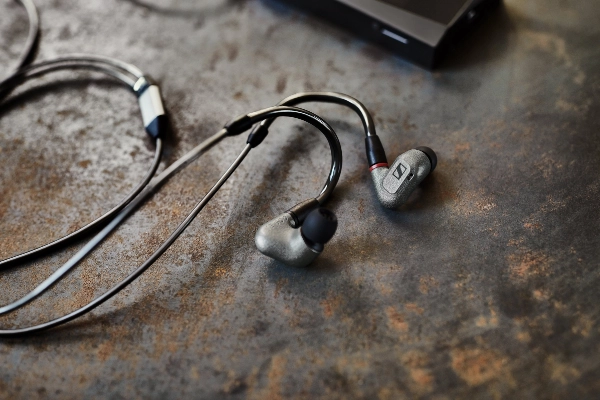Metallic glass-related and yet unique
Not all glass is transparent and fragile. There is elastic glass that has nothing in common with a windowpane. But as is so often the case, it's the inner values that count: The atomic structure shows the relationship between mineral and metallic glasses
In a sense, mineral and metallic glasses are siblings. However, in terms of look and material properties, the materials are fundamentally different. They are both called glass because they do not have a fixed crystal structure and are thus amorphous, meaning their atoms are not arranged in regular lattices, but form a chaotic pattern. Some 90 years ago, the chemist Gustav Tammann compared the state of glass to a frozen liquid that solidified without crystallizing.
Clutter has advantages
Glass, of whatever type, is created by melting solids and cooling this melt very quickly so that the atoms do not have time to arrange themselves in a crystal structure. For window glass, mineral raw materials such as quartz sand, soda ash, and lime are used. Metallic glasses, also called amorphous metals, on the other hand, are produced by shock freezing metallic melts. This is why the material looks more like conventional metal than glass. But this impression is deceptive. Unlike metals, metallic glasses do not have a crystalline structure. This has many advantages.
Metallic glass is a modern material with unique properties. Amorphous metals are as flexible as plastic, strong as steel and biocompatible. They are resistant to wear and corrosion, which extends product life. Due to the strength of the material, small and thin components can be produced, taking into account the trend towards miniaturization.
Completely new high-tech applications
Corporate start-up Heraeus Amloy specializes in metallic glass, more specifically in the development of amorphous alloys and the production of amorphous components. "We are the only manufacturer globally to process amorphous metals in both injection molding and 3D printing," explains Business Analyst Nail Akrouti. "We combine the special properties of amorphous metals with our technological know-how to enable completely new high-tech applications."
One key area in which parts made of metallic glass are used in medical technology - from implants to medical devices and surgical instruments. "Material requirements are very high in medical technology, and amorphous metals can fully develop their potential here," Akrouti says. "They open up new possibilities for better patient care."
The aerospace industry also makes use of the advantages of metallic glass. These include the ability to withstand stresses under extreme environmental conditions. Bearing housings, drill heads, joints, flaps, and much more can be made from amorphous alloys.
Thinner, more filigree, smaller
In the automotive sector, amorphous metals allow components to be made thinner, more filigree, or smaller without sacrificing stability. This also enables new forms of mobility. Whether creepage-resistant rotor blades for drones, flight cabin supports, or high-precision pressure sensors: amorphous metals are materials for the mobility of tomorrow.
But that's not all. Amorphous metals are also found in musical instruments, sports equipment, watches, wearables, and various robotics components. "Conventional materials are reaching their limits in many areas of today's high-tech applications," says Akrouti. "Metallic glass, on the other hand, is a forward-looking material. It combines properties that have previously been mutually exclusive." The material still has a lot of potentials. Customers will be able to benefit from this in the future through joint development projects along their entire value chain.


